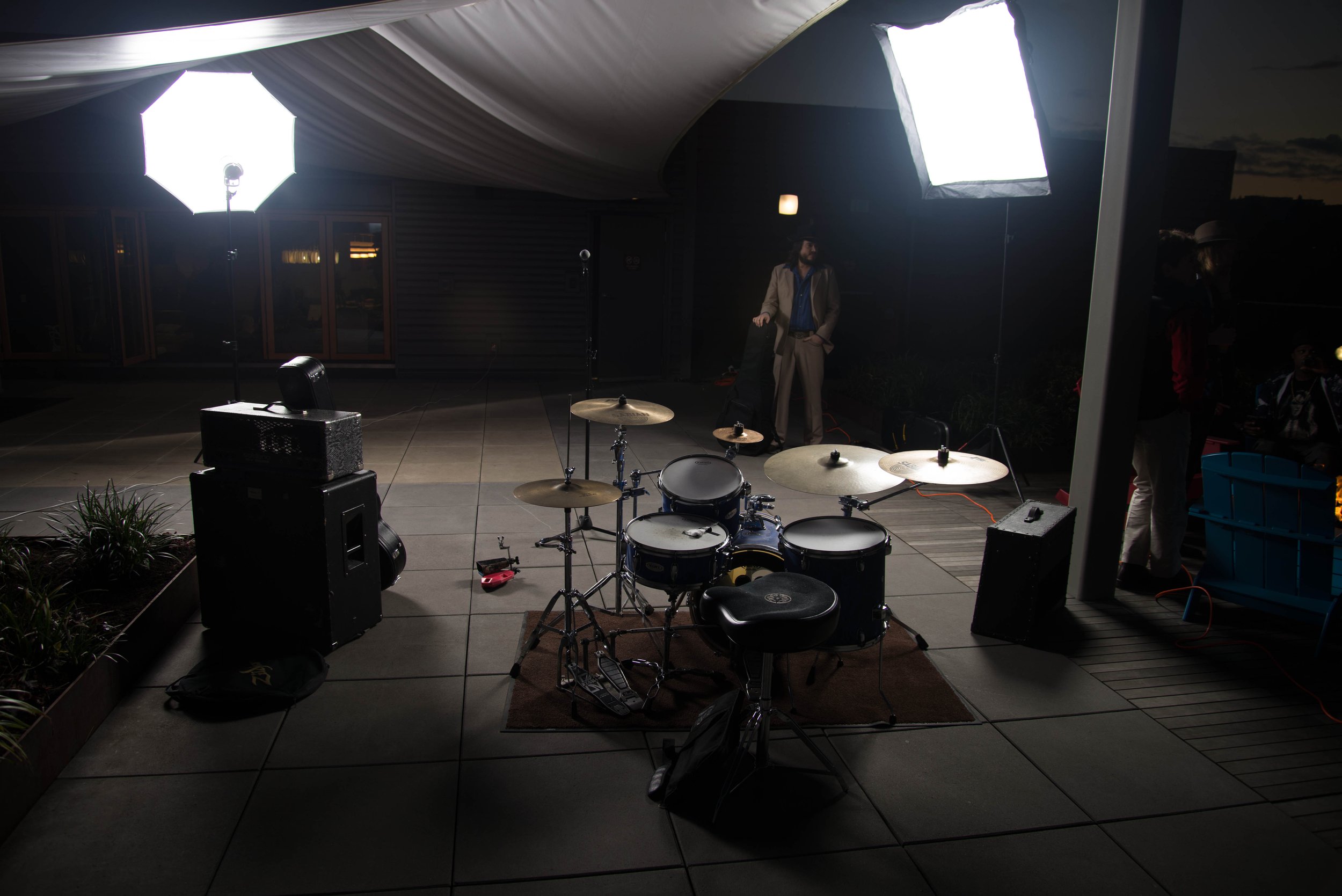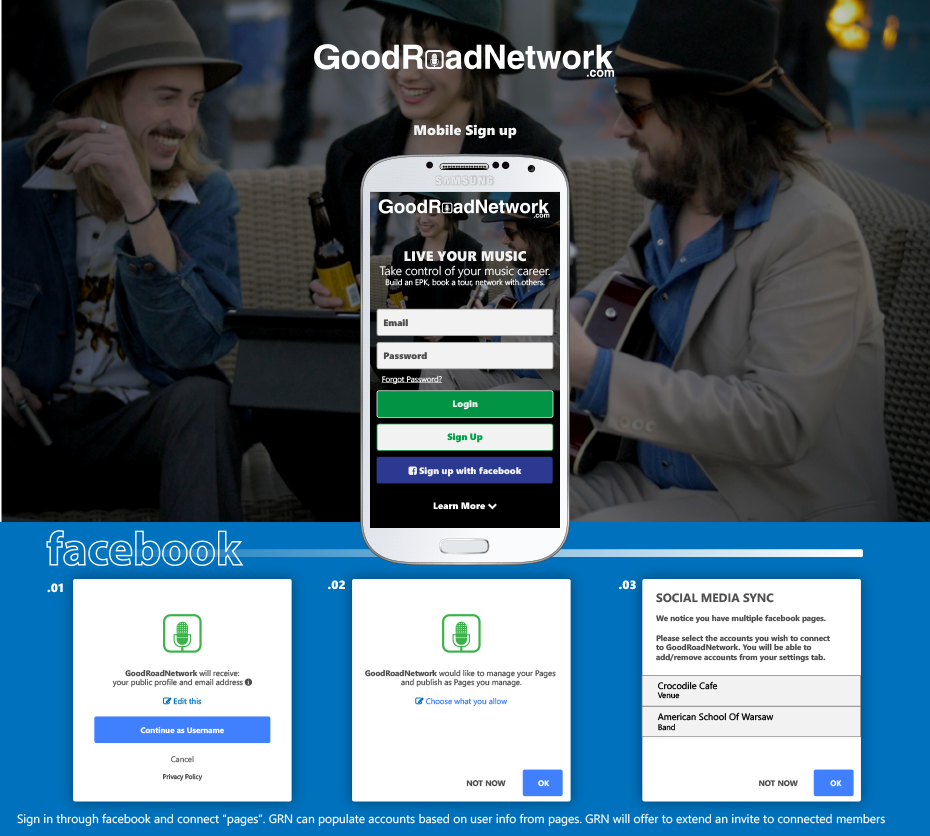
Touring Artist Mgmt Co
In January of 2014, we launched a new start-up called “The Good Road Network”. We designed and built the product in-house and from the ground up. This web app was target at touring musicians and artists, with a focus of improving the experience of booking gigs, going on tour, and managing their entity like a Business
CASE STUDY
Executive Summary — Good Road Network Digital Artist Management Web Application
Client: Good Road Network (Tour management software web application)
Partner: Urban Analog
Engagement: Design and development of a web-based platform
Goal: Enable touring musicians to plan, book, and manage tours more efficiently

GoodRoadNetwork:
A tool developed by musicians, for musicians.
Internal Communications
Our web app allowed our customers to create communication groups through an internal chat application. The application allowed everyone involved in a project to communicate quickly and respond to gig requests in real time. It also allowed promoters to share available gigs, bands to share gig requests, and artists to share information about venues and real time road conditions. These groups could also share itinerary updates as part of an existing tour.
Strategic Solution
Urban Analog built Good Road Network from the ground up — a digital platform specifically designed by musicians for musicians that unifies touring workflows into a single, intuitive tool.
Key elements included:
Centralized communication: Teams could coordinate in real time through built-in chat, reducing reliance on fragmented messaging tools.
Venue and opportunity discovery: Artists could search relevant venues along a proposed route, expanding their market reach efficiently.
Dynamic touring workflow: Once a tour date was set, the system generated an optimized route and introduced additional venues, making it easier to “connect the dots” between shows.
Integrated itinerary and logistics: Artists received a shared calendar, financial estimates, and relevant local info (lodging, amenities, music stores), which simplified planning and reduced risk.
The solution was informed by a year of in-depth interviews with artists and venue operators, allowing the team to prioritize the biggest pain points and iterate based on real user feedback.
Key Business Wins
1. Turned an Intuitive Concept into a Working Product
Urban Analog launched a fully functional digital platform that gave musicians tools they never had before — from discovery and booking to logistics and communication — bridging gaps in an industry traditionally reliant on manual coordination.
2. Reduced Friction and Cost in Touring
By embedding route planning, venue discovery, scheduling, and expenses into one platform, the product drove operational efficiency that directly reduced touring costs and administrative overhead for artists and crews.
3. Empowered Artists with Data and Structure
Instead of “learning by doing,” musicians could plan tours with data-backed insights and real-time tools. This helped reduce wasted time, mitigate risk, and increase opportunities for revenue-generating performances.
4. Strengthened Industry Relationships
The platform’s early adoption and iteration fostered meaningful partnerships within the live music ecosystem, as organizations and promoters took notice of a tool solving a longstanding industry problem.

Urban Analog transformed a common barrier in the music industry into a digital solution that simplifies touring, boosts efficiency, and expands economic opportunity for emerging artists.
Why This Matters for Senior Leaders
This project demonstrates how a clearly scoped digital transformation — grounded in deep user understanding and real-world feedback — can unlock value in a fragmented market.
Instead of incremental tweaks, Urban Analog delivered:
A purpose-built platform that addressed a core business challenge
A foundation for ongoing growth and network effects
A pathway for artists to scale revenue and audience reach with less risk
Good Road Network moved the needle not by adding complexity but by removing barriers, enabling creators to focus less on logistics and more on their art — a model applicable to many industries facing operational friction.
Additional Details
Understanding Permission levels and how they work together
We understood that many musicians are connected to multiple projects. This meant we needed to look at relational hierarchy when creating accounts.
Implication of multiple account affiliation
EXAMPLE USER PROFILE:
Our research (and personal experience) found that many musicians wore multiple hats. That is to say, a guitarist might play in multiple bands, and/or work in some capacity with venues. This came up time and time again.
How we approached this:
Instead of managing a number of different login options, we opted to create a SSO (Single Sign On) experience. A “member” would create an account by themselves. That account could then be connected to any affiliated venue or band that the individual member was involved with.
NOTE: This is similar to how Facebook currently manages their business “Pages”. However, when we had created this feature for GRN, facebook business pages had yet to evolve to this level.
We also realized that our member profiles quickly developed like resumes for each member, highlighting their professional achievements and affiliations.
Connectivity & artist communication
We implemented a text application that allowed communication between the artists and venues. This was a simple, yet effective, chat application that connected all members of a tour together as a group. It received alerts, booking requests and updates to itineraries etc.
This is how most of the members would be able to keep updated on any changes to itineraries while on the go.
We later discussed whether we could integrate with facebook’s messenger chat application instead of building out and maintaining our own.
Creating, sharing & posting itineraries
Every artist profile allowed them to upload music
Each time an event was created, the artist had the ability to share a specific song that was selected by the artist to represent their style of music.
When a show was booked by a venue, the completed talent line-up was populated as an upcoming event on the venues website and connected social networks.
When viewing an event on a venue’s calendar, A play icon would show up next to the bands who had uploaded music. A user could then listen to the song (chosen by each artist in order to represent the band), and have an idea of what kind of music would be playing at the show on the night of the event.
Ticket pre-sales were also going to be made available through the website, however, this functionality was future scoped.





